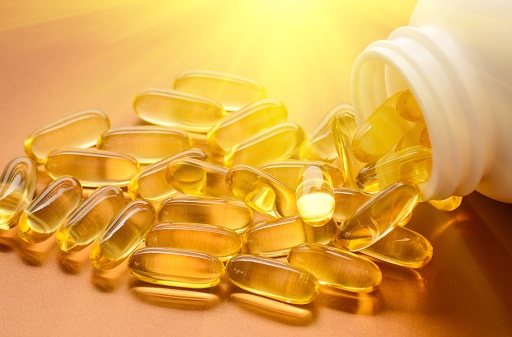
Due to the increasing prevalence of diabetes worldwide, diabetic kidney disease (DKD), a major cause of end-stage renal disease (ESRD), has become a public health issue. Guidelines recommend the use of renin-angiotensin-aldosterone system (RAAS) blockers in patients with DKD. However, according to Jinxia Chen, MD, PhD, and colleagues, due to the large number of patients with DKD who progress to ESRD, more interventions in this patient population should be investigated.
Dietary antioxidants, such as vitamins C and E, are important antioxidants in the human body. Supplementation of antioxidant vitamins have been shown to be effective in preventing cardiovascular and microvascular complications in experimental diabetic animal models, but not in diabetic patients. More recent clinical trials have demonstrated that higher doses of vitamins C and E (administered either separately or in combination) can reduce microalbuminuria and restrict the progress of DKD. However, the effect of vitamins C and E remains unclear.
The researchers conducted a meta-analysis designed to evaluate the effect of vitamins C and E in patients with diabetes and albuminuria. Results of the meta-analysis were reported in the Journal of Renal Nutrition [2020;30(2):101-110].
Two independent investigators performed searches of PubMed, Embase, CENTRAL (the Cochrane Central Register of Controlled Trials in the Cochrane Library), Web of Science, OVID, and www.clinicaltrials.gov. The initial search was conducted on December 5, 2017, and updated several times; the last update was December 10, 2018.
The search identified 2383 articles. Following exclusion of duplicate and irrelevant articles, 509 remained. A further 432 articles were excluded after review of the titles and abstracts of the 509 articles. Application of inclusion and exclusion criteria for this meta-analysis yielded a final count of 10 eligible articles.
Study sample size in the 10 studies ranged from 10 to 108 participants; the meta-analysis represents a total of 445 individuals. The duration of interventions in the studies ranged from 4 to 48 weeks. Two of the studies had a crossover design, and the remaining eight were parallel-designed. All of the 445 participants were patients with diabetes and albuminuria. All study interventions included vitamin E; four of the studies also included vitamin C.
Seven of the 10 studies included assessment of albuminuria or proteinuria. Among 347 patients with diabetes, supplementation with vitamin C or E did not have a significant effect on albuminuria or proteinuria (standardized mean difference [MD]=-0.18, 95% confidence interval [CI], -0.40 to 0.03; P=.09). Three studies avoided the administration of RAAS blockers (33.3% of the results); two studies used RAAS blockers (44.0% of the results). RAAS blockers were not mentioned in the other studies.
Three of the studies reported post-treatment serum creatinine levels. There was an association between vitamin C and E supplementation and a reduction in serum creatinine levels in patients with diabetes and albuminuria (MD=-0.11 mg/dL; 95% CI, -0.19 to -0.03; P=.007).
Blood pressure was measured in five studies following implementation of the intervention. The effects of antioxidant vitamins on systolic blood pressure were significant (MD=-6.02 mm Hg; 95% CI, -9.65 to -2.40; P=.001). Those findings indicated an association between antioxidant vitamins and reduced systolic pressure; however, there was little effect on diastolic pressure.
Five studies reported hemoglobin A1c (HbA1c) results and three reported fasting glucose levels following intervention. Supplementation with antioxidants had significant effect on HbA1c or fasting plasma glucose levels (MD=-0.22%; 95% CI, -0.43 to 0; P=.05 and MD=-1.12 mg/dL; 95% CI, -13.24 to 10.99; P=.86, respectively).
Four studies reported total cholesterol. There was no significant association between antioxidant vitamins and total cholesterol levels (MD=-0.33; 95% CI -8.33 to 7.67; P=.94). Three studies reported on high-density lipoprotein cholesterol (HDLC) levels and two reported on low-density lipoprotein cholesterol (LDLC) and triglyceride levels. There was no significant effect of antioxidant vitamins on HDLC (MD=0.18 mg/dL; 95% CI, -3.80 to 4.16; P=.40) or LDLC (MD=–5.83 mg/dL; 95% CI -19.40- to 7.74; P=.08).
Six of the studies did not report any adverse events and two randomized controlled trials reported there were no adverse events or side effects. One randomized controlled trial reported that two participants withdrew due to adverse side effects in the first week of the study; no details were provided.
One randomized controlled trial was excluded due to low quality; the exclusion did not significantly affect the main outcomes of albuminuria or proteinuria, serum creatinine, or blood pressure.
Limitations to the study cited by the researchers included the difficulty in estimating publication bias; the single-center design and relatively small sample size of the studies included in the analysis; and the short treatment time in the analyzed studies.
The effect of antioxidant vitamins, including vitamins C and E, on diabetic kidney disease remains controversial, and a meta-analysis on this is still lacking. Our study indicates that the administration of antioxidant vitamins, specifically vitamins C and E, can benefit patients with diabetes and albuminuria in terms of kidney function and systolic blood pressure; however, more robust evidence is needed to confirm the effect of antioxidant vitamins,” the researchers said.
Takeaway Points
- A meta-analysis to examine the effect of antioxidant vitamins, specifically vitamins C and E, on patients with diabetes and albuminuria was conducted recently.
- The analysis included 10 studies representing 445 participants. Patients with diabetes and albuminuria were included regardless of diabetic type, and patients had to have received treatment with vitamins C or E.
- Treatment with antioxidant vitamins had significant effects of serum creatinine levels and systolic blood pressure; antioxidant vitamins had no effect on albuminuria or proteinuria, diastolic blood pressure, glucose, or lipid metabolism.

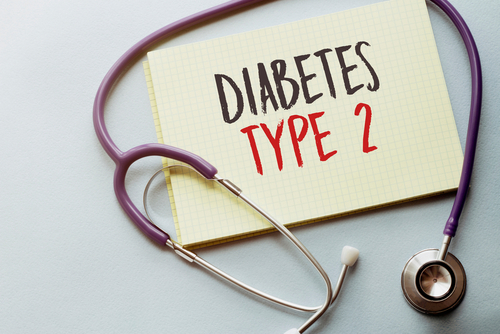
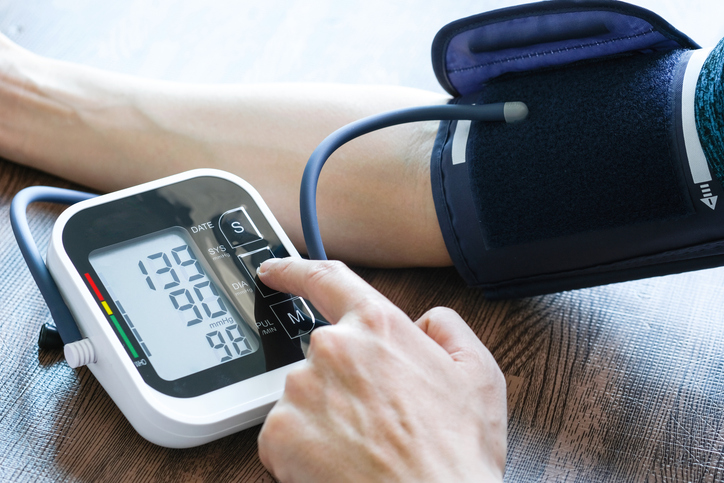

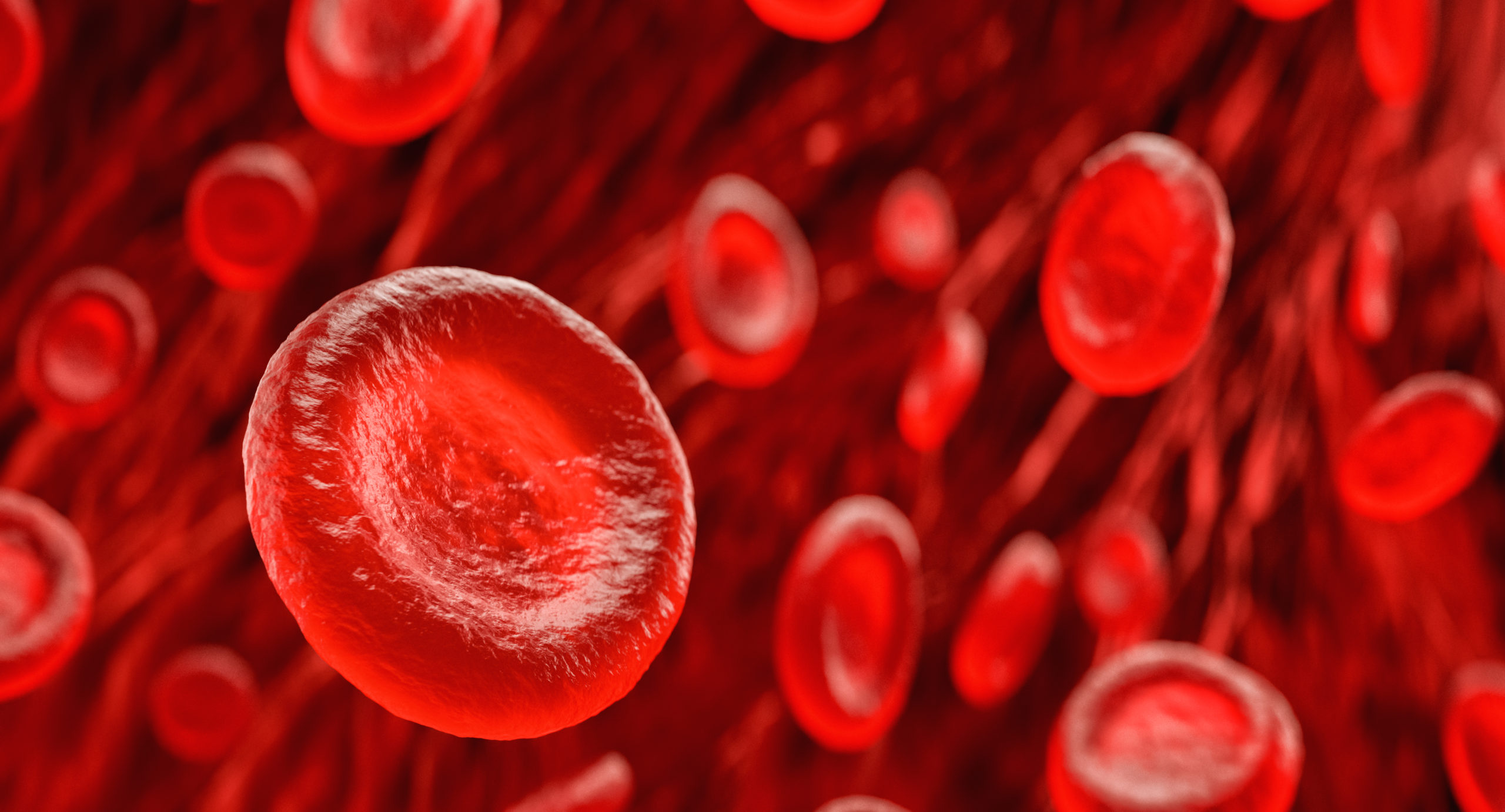
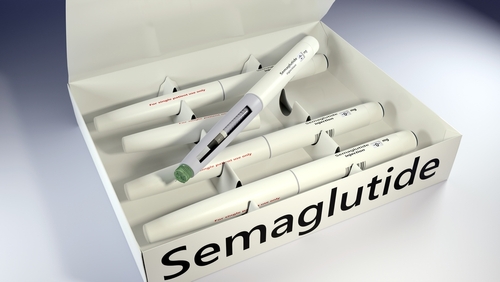

 © 2025 Mashup Media, LLC, a Formedics Property. All Rights Reserved.
© 2025 Mashup Media, LLC, a Formedics Property. All Rights Reserved.